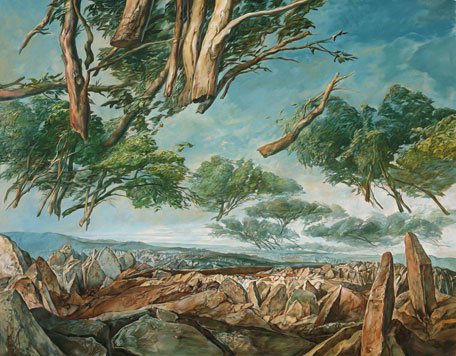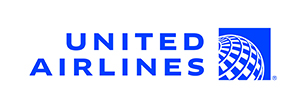Holocaust survivor Samuel Bak has said of his work, “My paintings are meant to bear personal testimony to the trauma of surviving.” In “Returning: The Art of Samuel Bak,” viewers encounter familiar imagery used in unusual, somewhat surrealistic ways as they are led on an astoundingly complex, beautiful and richly colorful journey to, through and from the Holocaust.
Born on Aug. 12, 1933 in Vilna, which is now Vilnius, Lithuania, Bak was recognized from an early age as possessing extraordinary artistic talent. For centuries, Vilna had been known as the “Jerusalem of Lithuania” because it was a major center of Jewish cultural, religious and educational life.
Bak describes his family as “secular, but proud of their Jewish identity.” Immediately following the German invasion of Poland in September 1939, Vilna and the whole East of Poland was attacked by the USSR. After one month, the Soviets retreated, giving the city to the Republic of Lithuania. An estimated 30,000 Polish Jews found refuge in the city. As Vilna came under German occupation on June 24, 1941, Bak and his family were forced to move into the Vilna Ghetto.
At the age of nine, he had his first exhibition inside the ghetto, even as massive executions and murders perpetrated by the Nazis and their Lithuanian collaborators took place almost every day. Bak’s father secured freedom for his son by smuggling him out of the ghetto in a cloth sack. Bak and his mother escaped the destruction by hiding in a Benedictine convent. They were helped by a Catholic nun named Maria Mikulska, and spent most of their time there in an attic. By the end of the war, Bak and his mother were the only members of his extensive family to survive. Bak’s four grandparents and father were murdered in the Ponary forest outside of Vilna.
The artist continues to deal with the artistic expression of the destruction and dehumanization which make up his childhood memories. He speaks about what are deemed to be the unspeakable atrocities of the Holocaust, though he hesitates to limit the boundaries of his art to the post-Holocaust genre.
The exhibit, which is presented in cooperation with Pucker Gallery and the artist, includes 50 of Bak’s paintings, studies and sketches, and Holocaust Museum Houston is proud to include two recently acquired Bak paintings. “Roots” symbolizes the ruin of what was once a vibrant community through the imagery of discarded books of tradition and ancient synagogues. “Under The Trees,” one of a series of poignant works depicting cut-off trees floating above gravestones, remembers the more than 70,000 Jews killed by the Nazis at Ponary, has been donated to the Museum’s collection by Bernie and Sue Pucker in honor of Lady Judith and Sir Harry Solomon.
For more information, call 713-942-8000 or e-mail exhibits@hmh.org.




